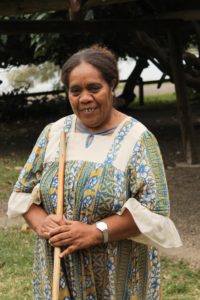
How’s your high school French? If you can manage a passable ‘bonjour’, ‘au revoir’ and ‘merci’ then you’re sure to enjoy the cultural mix of New Caledonia where Europe meets the Pacific on the friendliest island imaginable. New Caledonia is off the radar for most Kiwis because its population speaks French, but travelling in this beautiful island is so easy, even for English-only travellers, when you follow our six top travel tips. Best of all, this haven of coral reefs and country roads is just 3 hours flight from Auckland!
Collect the car
Buses ply the coastal roads of Noumea, but can be few and far between. Plan to see the island using a hire a rental car from Point Rouge at Noumea’s La Tontouta airport on arrival. Tontouta is a tiny village and its quiet country roads are the perfect place to accustom yourself to driving on the right. Be sure to fill up the tank at the first opportunity as towns can be a good distance apart.
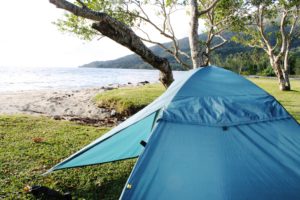
Budget is best
Follow the local trend and pack the tent. New Caledonia’s Caldoche (European) population embraces the outdoors, and families take a tent wherever they go. The island abounds in tranquil camping spots which are almost always beside the sea. Many of them are operated by the local Kanak people (the island’s indigenous population) whose daily village routine is fascinating to watch. Be sure to carry cash for payment, and pack your Gaz burner and billy because camping facilities don’t include kitchens. Our favourite spot to pitch the tent can be found at Hienghène on the tropical East Coast.
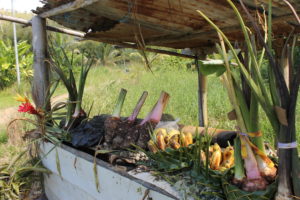
Fresh and fruity
New Caledonia has a reputation for being on the pricey side but not if you buy your fresh fruit and vegetables from one of the many local roadside stalls along the East Coast. From the sweetest bananas and veggies, to fresh coconuts and grapefruits the size of melons, you’ll want to make plenty of space in the boot for your purchases! While you’re at it, select a tropical yam to roast over the camp fire. Starchy and filling, they’re to the locals what an Agria spud is to Kiwis! Look out for weekend markets, too, especially the one at Hienghène (Tuesday and Friday 6am-midday).
The staff of life
Bread doesn’t get any better than a French baguette, and because the French are sticklers for keeping bread prices at a fixed low price, you can do as the Caldoche do and buy a fresh loaf for breakfast, dinner and tea . Along with low-price bread comes affordable French wine. Scrutinise the supermarket shelves for vin ordinaire – the French table wine which is a fraction of the price of other wines, and very enjoyable.
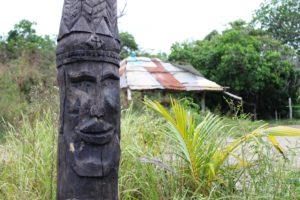
Tiki touring
While sticking to the main roads will take you to the many of the scenic sights on this pretty Pacific paradise, don’t be afraid to head off the beaten track. Moseying down side roads to the sea through avenues of waving coconut palms will mean you’ll have deserted beaches to yourself and the chance to watch the locals fishing in the traditional way by hand-casting nets into shallow water.
Off-beach snorkelling
Take a charter boat out to the reef for some of the best snorkelling the Pacific has to offer, or if your budget doesn’t stretch that far, enjoy off-beach snorkelling at any of the pretty bays on the East Coast. Except for the far north of the island, around Poum, the West Coast doesn’t offer coral reefs but the sandy floors of its shallow bays are home to a wide variety of exciting, if less colourful, fish and are still well worth exploring with a snorkel and mask.








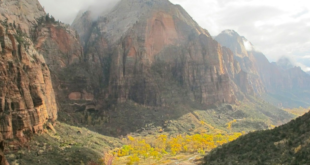
Join the Discussion
Type out your comment here:
You must be logged in to post a comment.